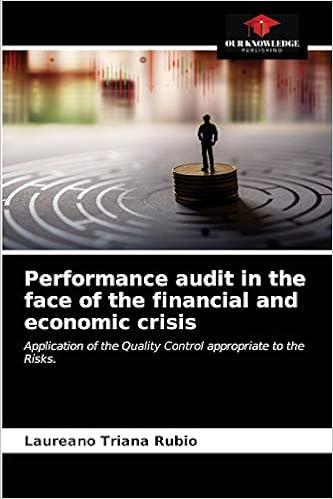An individual who experiments with new ideas and gambles on new products is said to have an) a. high risk propensity. b. authoritarian outlook. c. low self-esteem d. Machiavellian personality, e. external locus of control. QUESTION 10 Compared to Type A individuals, Type B individuals are: a. less successful. b. more devoted to work. c. less likely to experience conflict with other people. d. more likely to be aggressive and impatient. e. less likely to have a balanced approach to life. QUESTION 11 Creativity within organizations can be enhanced by a. making it part of the organization's culture. b.employing only those individuals from environments that nurture creativity. csetting ambiguous goals and objectives. d. training individuals to have an external locus of control. e. encouraging employees to have less risk propensity. QUESTION 12 Job satisfaction or dissatisfaction is an attitude that reflects the a. level of cognitive dissonance an individual experiences in a job. b.level of commitment the individual has to the job itself. c. extent to which an individual is gratified by or fulfilled in his or her work. d. individual's tendency to be positive or negative when the work presents unknown variables. e individual's identification with and attachment to the organization. An individual who experiments with new ideas and gambles on new products is said to have a(n) o a. high risk propensity. b. authoritarian outlook. O c. low self-esteem, O d. Machiavellian personality. O e. external locus of control. QUESTION 10 Compared to Type A individuals, Type B individuals are: a. less successful. b. more devoted to work c. less likely to experience conflict with other people. d. more likely to be aggressive and impatient. e. less likely to have a balanced approach to life. QUESTION 11 Creativity within organizations can be enhanced by a. making it part of the organization's culture. o b. employing only those individuals from environments that nurture creativity. o c. setting ambiguous goals and objectives. od training individuals to have an external locus of control. e. encouraging employees to have less risk propensity. QUESTION 12 Job satisfaction or dissatisfaction is an attitude that reflects the a. level of cognitive dissonance an individual experiences in a job. b. level of commitment the individual has to the job itself. c. extent to which an individual is gratified by or fulfilled in his or her work. d. individual's tendency to be positive or negative when the work presents unknown variables. e, individual's identification with and attachment to the organization








